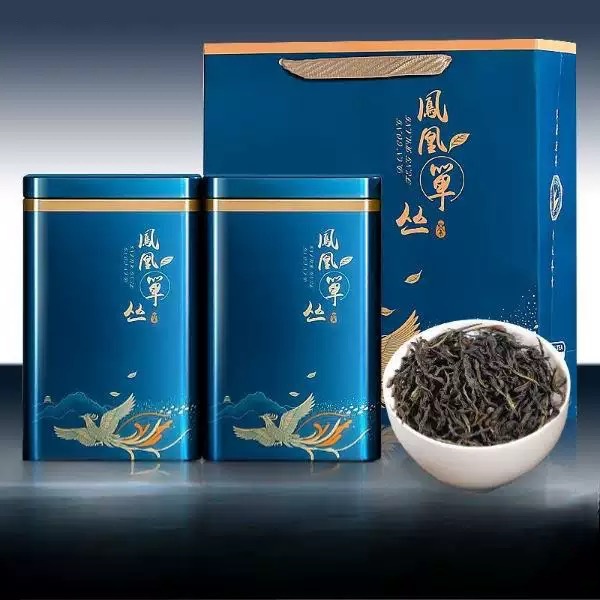
# Oolong Tea Types and Their Unique Characteristics
Oolong tea, also known as wulong tea, is a partially oxidized tea that falls between green and black tea in terms of oxidation levels. This unique category of tea offers a wide range of flavors, aromas, and appearances, making it one of the most diverse tea types in the world. Let’s explore some of the most notable oolong tea varieties and their distinctive characteristics.
##
Taiwanese Oolong Teas
1. Dong Ding Oolong
Originating from Nantou County in Taiwan, Dong Ding oolong is known for its medium oxidation level (about 30-40%). This tea offers a rich, roasted flavor with notes of honey and orchid. The leaves are tightly rolled into small balls that unfurl beautifully during brewing.
2. Alishan Oolong
Grown in the high mountains of Alishan, this oolong is lightly oxidized (15-25%) and produces a delicate, floral cup with a creamy texture. The cool mountain climate contributes to its sweet, lingering aftertaste.
3. Oriental Beauty (Bai Hao Oolong)
This unique tea is made from leaves bitten by tea jassids, which triggers a natural defense mechanism that enhances the tea’s flavor. With about 60-70% oxidation, it offers honey-like sweetness with fruity and floral notes.
##
Chinese Oolong Teas
Keyword: Oolong Tea Varieties
1. Tie Guan Yin (Iron Goddess of Mercy)
One of China’s most famous oolongs, Tie Guan Yin comes from Fujian province. It’s available in both lightly oxidized (green style) and more oxidized (traditional style) versions, offering floral aromas with a smooth, buttery texture.
2. Da Hong Pao (Big Red Robe)
This legendary Wuyi rock oolong is heavily oxidized (60-80%) and roasted, resulting in a complex flavor profile with mineral notes (from the rocky growing environment), dark chocolate, and dried fruit characteristics.
3. Shui Xian (Narcissus Oolong)
Another Wuyi mountain oolong, Shui Xian is known for its woody, orchid-like aroma and smooth mouthfeel. The older the tea bushes, the more complex and valuable the tea becomes.
##
Other Notable Oolong Varieties
1. Milk Oolong (Jin Xuan)
This Taiwanese cultivar naturally produces a creamy, milky flavor without any additives. The lightly oxidized leaves yield a smooth, buttery tea with subtle floral notes.
2. Phoenix Dan Cong
From Guangdong province, these single-bush oolongs are famous for their incredible aromatic complexity, often resembling fruits like peach, almond, or orchid. Each tree produces slightly different flavors.
3. Rou Gui (Cinnamon Oolong)
Named for its distinctive spicy aroma reminiscent of cinnamon, this Wuyi oolong offers a warming quality with notes of baked fruit and a lingering sweetness.
##
Brewing Oolong Tea
To fully appreciate oolong tea’s complexity, use water at 85-95°C (185-205°F) and steep for 1-3 minutes for multiple infusions. The high-quality oolongs can often be steeped 5-8 times, with each infusion revealing new layers of flavor.
Whether you prefer the floral delicacy of lightly oxidized oolongs or